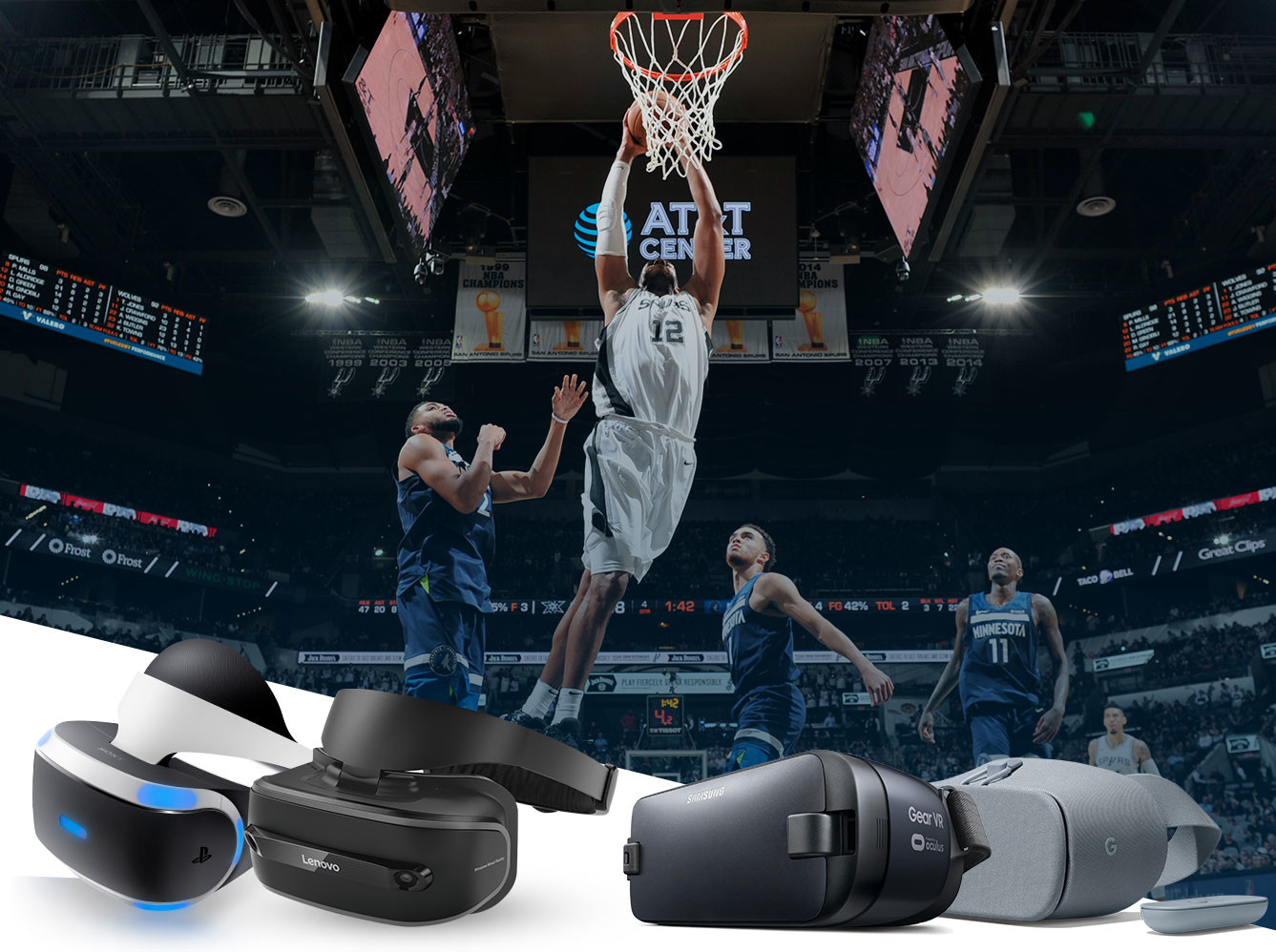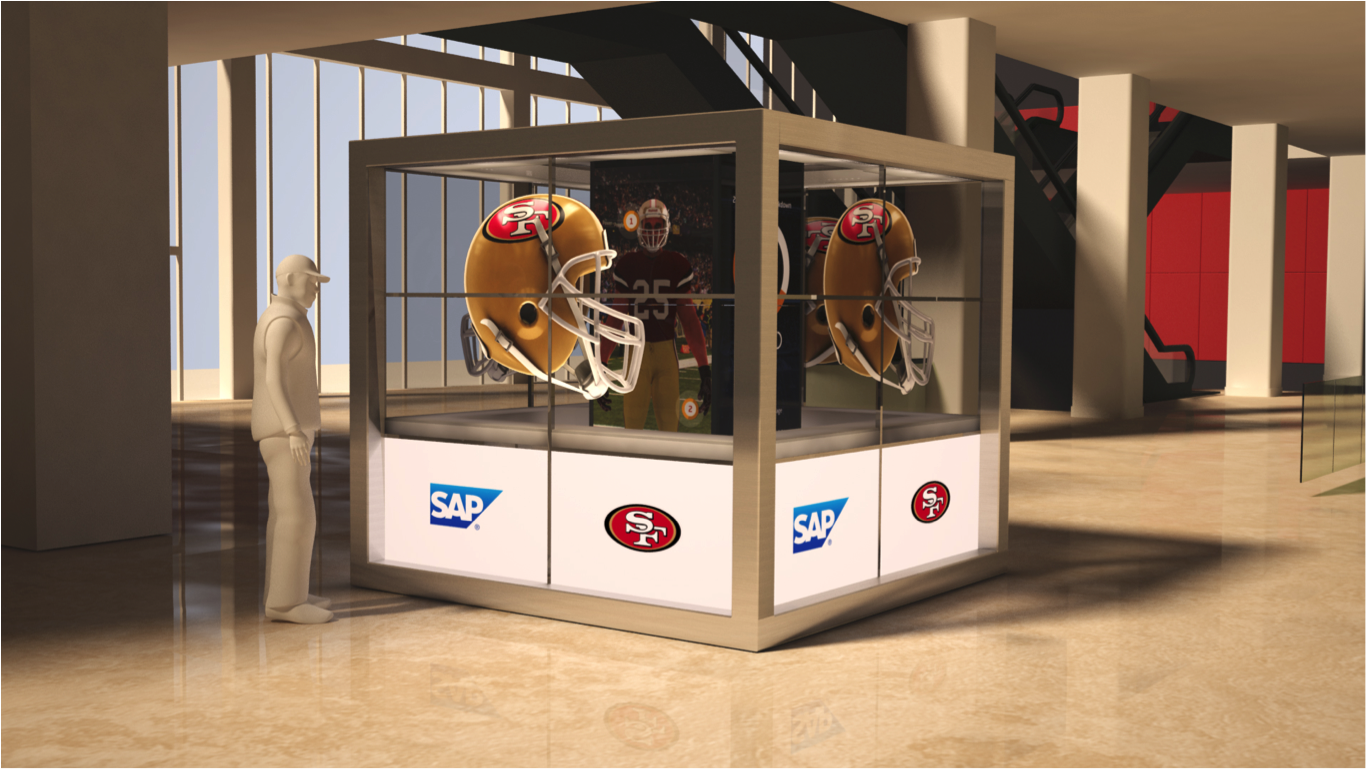The Future of How we Watch Sports and What It Means for Sponsors
The means by which people are viewing their favourite sports teams and individuals has been rapidly changing in recent years. Easy access to online streams (both legal and illegal) now means that TV viewership is in decline for the majority of professional sports. The days where your only options for following your team were to buy a sports channel subscription, venture out to a friend’s house or your local tavern to watch the game, are over.
Declining TV Viewers
Television viewership of the world’s best known competitions such as the Premier League, the NBA, the NFL, the PGA tour, the ATP, Formula 1 and the Champions League has, for the most part, seen dwindling numbers over the last decade. This does not mean that these sporting events are no longer as popular as they once were; it means that the way people are viewing them is changing.
The current business model for live TV sports viewership appears to be unsustainable. The cost of sports broadcasting rights has been increasing. Sky and BT battled it out for the Premier League TV rights in 2015, with a record £5.14 billion being spent between them over three seasons. That roughly equals an increase of more than £10m per game compared to the previous deal. This rise in costs has led to a higher advertising rate for brands.
Rising Sponsorships
One would assume that this would mean that advertisers would be put off from spending money on sports sponsorships; when in fact the opposite is true. Sports sponsorship is expected to grow by 4.9% globally to $65.8 billion in 2018. Projected figures for the North American market shows that advertisers will focus 70% of their sponsorship deals on sports. These brands recognise that although the methods by which sports fans are consuming content have changed; the opportunities for positive brand exposure have not.
It is now up to the sporting organisations and brands to adapt the way they reach and engage with their audience. This is where advances in experiential technologies such as AR and VR come into play. The NBA has notably turned to virtual reality in order to improve fan engagement and boost official viewership. Oculus has also announced ‘Oculus Venues’, an app coming out this summer that will allow consumers to virtually access front row seats for major sporting events and concerts. Viewers will have the ability to invite friends to ‘attend’ the events with them; this is an exciting development in terms of boosting social VR engagement as well as viewerships.
The LA Lakers recently invited vStream co-founders Andrew Jenkinson and Niall O’Driscoll to their partner conference in San Francisco to speak about the possibilities available to brands for creatively engaging fans via AR, VR and other experiential technologies.
vStream launched their interactive platform ‘The Cube’ during 2016’s Super Bowl 50 at the home of the San Francisco 49ers, Levi’s Stadium. This innovative interactive platform gives teams and stadiums more opportunities to facilitate sponsors’ needs while also providing a memorable and informative experience for fans with real time data streams and highlights.
The fact that TV viewer ratings for sports are in decline is a result of the advances in technology available to people today. This raises an issue of how to re-engage with fans for sporting organisations, broadcasters and brands participating in sports sponsorship. However, it is also these advances in technology which will allow organisations to provide consumers with a more interactive and engaging fan experience than ever before.



